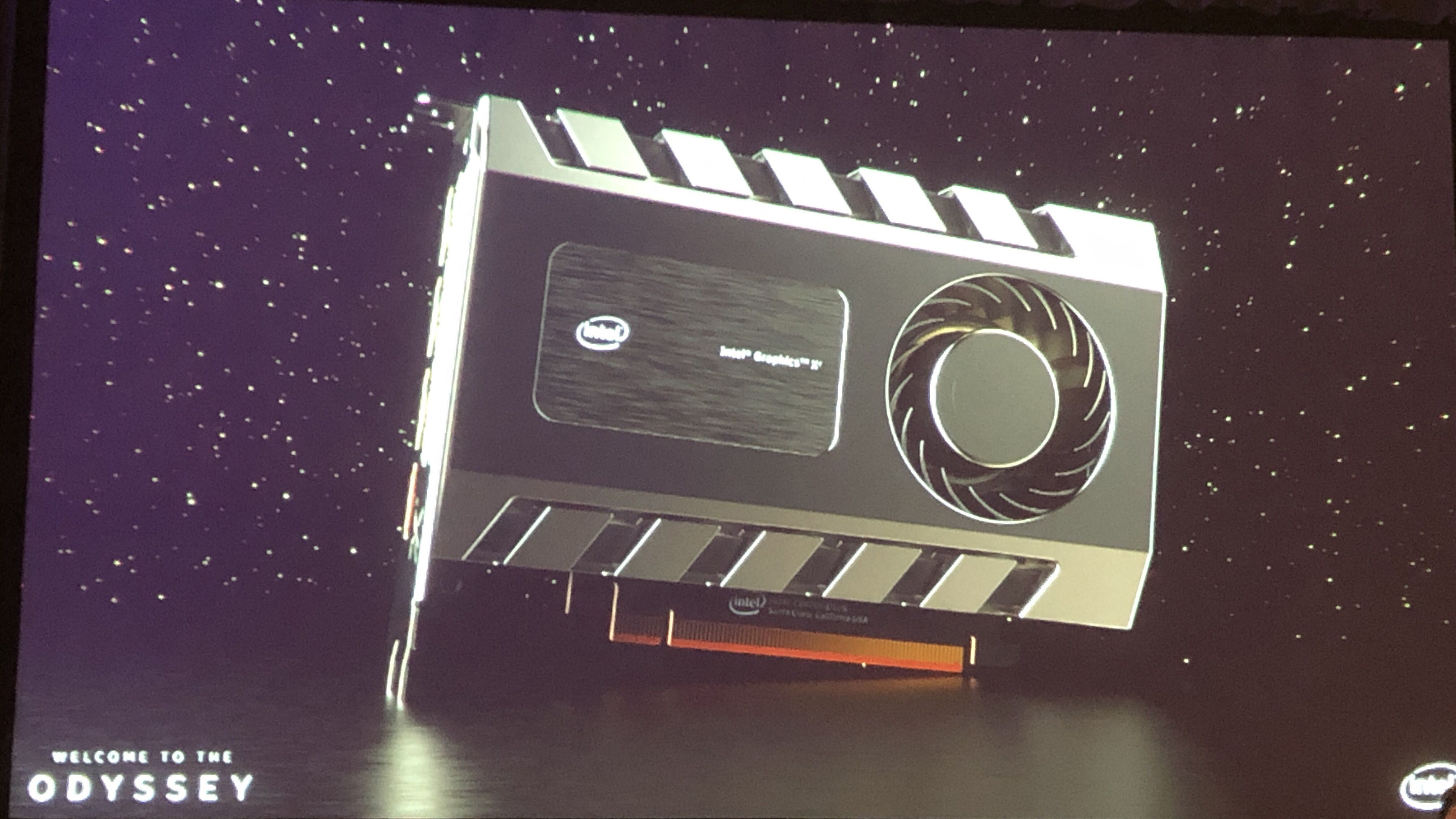
The "Xe Vector Engines (XVE)" are still referred to as "Execution Units (EUs)" at times - a rose by any other name would be as fast, I suppose. Starting with the main building block, the Xe-Core, Intel is apparently waffling a bit on naming conventions. There are several new additions to the GPU that provide a clear demarcation between the pre-Arc and the post-Arc world of Intel GPUs. There are enough major overhauls of the fundamental design, features, and functionality that a card like the A770 has very little in common with Intel's current 12th-Gen integrated Xe Graphics. At the same time, we'd also mark this down as generation one. On one level, Arc Alchemist would be the 13th iteration of Intel Graphics. By that metric, Intel is nearly a year late to the party - blame Covid, supply chain issues, and even the Russian invasion of Ukraine if you're looking for reasons. The first time we heard about Arc GPUs, we anticipated a late 2021 or early 2022 launch. We now have final clocks and specs, as well as pricing, but it's worth revisiting the road Intel has traveled. We've had plenty of details on Intel's Arc Alchemist architecture, which we've known about since last year. How does Arc A770 stack up against the AMD and Nvidia competition? Is XeSS a true DLSS competitor, and what about all the AV1 video hype? Could Intel fix its drivers to the point where it won't be one of the first things people warn you about? We'll look to answer all these questions and more, but let's start with the high-level overview. Now, despite claims of Arc being dead in the water, we have cards in hand and can finally see what Intel's best-ever GPU brings to the table. Larabee was another attempt at a potential GPU, but it got mired in internal politics. It first attempted to make a dedicated graphics card with the i740 back in the late 90s - that would be "Gen1 Graphics" if you're wondering - before giving up. It's been a long road to Intel re-entering the dedicated graphics card market. And it mostly succeeds! While there are certainly caveats - mostly about drivers, XeSS adoption, and long-term support - Intel clearly wants to prove it can compete with the likes of AMD and Nvidia, perhaps even laying claim to a seat at the table among the best graphics cards.

After a rather disappointing Arc A380 review last month, Intel has a lot to prove with the bigger and far more potent A770.

The Intel Arc A770 graphics card has finally arrived, along with its little brother, the Intel Arc A750.


 0 kommentar(er)
0 kommentar(er)
